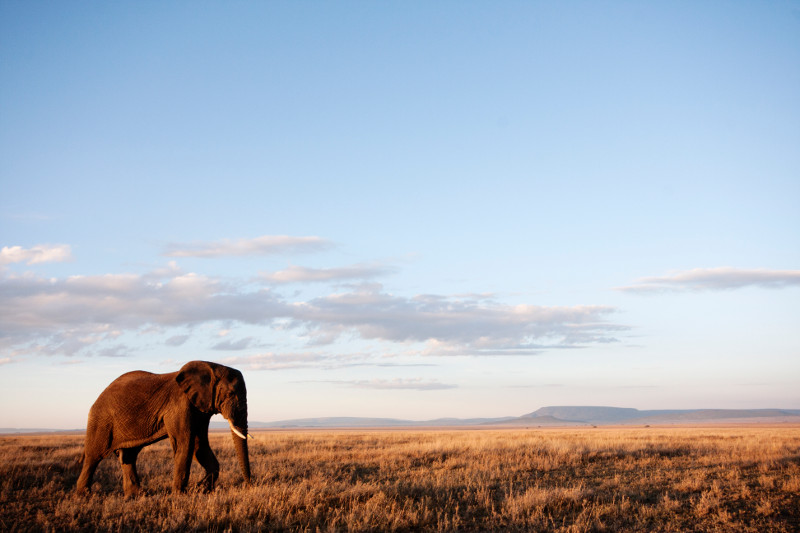They are Superstars

In my next series of blogs I will write about the elephant warriors, entertainers, artists, deities and icons...in hopes that you might find what an elephant is to you and also, that these remarkable creatures—that are so similar to us—are worth fighting for.
Human-Elephant History
Elephants have been important in human history for thousands of years. And they are unique in how they interact with humanity. They are not domesticated, but enter into a sort-of working agreement with humans. In exchange for food, scrubbing of parasites, and mutual protection from certain other animals—like tigers—elephants agree to act as porter vehicles, entertainers, and more rarely, warriors for humans.
The first records of elephants fighting each other as a form of circus entertainment dates back to 99 B.C, when both animal and gladiator fights were popular in Rome.
The 1900´s saw a fast development of imports of elephant for circuses and shows in zoos. During this rough time, elephants suffered from bad food, cold weather, lacking of "normal" mental stimuli and possibilities to perform natural behaviors, but the show must go on!
Circuses
Old Bet was one of the first elephants brought to the United States. Owner Hachaliah Bailey intended to use her as a beast of burden, but because of her great popularity he founded a traveling menagerie instead. Old Bet was shot and killed in 1816 by a farmer who thought that it was sinful to encourage poor people to waste money on a traveling circus. In 1922 the elephant John L. Sullivan walked 53 miles to lay a wreath for the memory of Old Bet at her memorial statue. In the early days of his career, John L. (who was named after the boxer John L. Sullivan) performed a boxing act with his trainer.
Old John, as he came to be known, stayed on with the circus after he retired from performing. He babysat for the performers' children, did heavy lifting, and led the elephant herd to and from the show grounds and train.
The World’s Most Famous Elephant
Jumbo, an 11.6-foot 6.5-ton bull known worldwide as the "Children's
Giant Pet" was P.T. Barnum's most famous elephant. In fact, Jumbo is probably one of the most famous animals in the 19th century. He was an African elephant, born in the French Sudan. Jumbo was a baby when he was orphaned by poachers. Because he was small they could carry him to Europe on a boat. In a sense Jumbo was lucky, in that he did survive for 25 years whereas most of his kind in, what is now, Eritrea were slaughtered.
Jumbo was first purchased for the German zoo market and then he was sold off to France and ended up in the Parisian zoo, the Jardin des Plantes, where he was so scabby and messed up that they didn¹t put him on display.
They had two other elephants, Castor and Pollux, whom were killed and eaten, along with many other animals from the zoo, in late 1870 during the siege of Paris.
The British had a huge interest in African elephants. They purchased Jumbo by giving the French an Indian rhino. Jumbo was then imported into the newly established zoological society gardens on Regent Square and he became a star attraction. During the day children would pay him a two pence for a bun to feed him. And the zookeepers realized they could put a howdah, the traditional elephant saddle, on his back so he could give rides to children. This was the start of the zoo¹s most popular activity. Among the children who rode Jumbo are the Prince of Wales and the other children of Queen Victoria, a young Winston Churchill, Theodore Roosevelt and a number of children of the titled heads of Europe. In 1880, P.T. Barnum, looking to add a magnificent animal to his circus, "The Greatest Show on Earth,” bought Jumbo for $10,000. On September 15, 1885 following a performance, Matthew Scott led Jumbo and a tiny clown elephant dubbed "Tom Thumb" along railroad tracks to their car when an unscheduled express train appeared.
One popular version of events is that Jumbo saved Tom Thumb from the train and he himself was hit.
The name "Jumbo" was given to him by the London zookeepers. There is a huge controversy about what the name means. It could have been related to and was probably a corruption of the Swahili name for chief, jumbe, and there is a Swahili greeting, jambo. At the beginning of the 19th century there was a term used for unwieldy racehorses. Now the word is everywhere: anything which is large: jumbo jets; jumbo drinks; jumbo hamburgers. The word "jumbo,” meaning extra-large was derived from this very elephant!
Topsy
Topsy was an elephant who was apparently mishandled by her handlers on Coney Island and after she had killed 3 of her handlers in 3 years, it was decreed that she must be put down. Enter Thomas Edison who volunteered to electrocute her, and even made a movie of the event. The execution, which occurred in 1903, was apparently part of Edison's campaign to discredit Alternating Current (which was developed by his rival and former employee, Nikola Tesla) as being far more dangerous than his own Direct Current (Topsy was killed with Alternating Current.) And while Edison would eventually lose the War of Currents, the incident was far from a failure for him. His film of Topsy¹s demise, the rather obviously titled “Electrocuting an Elephant” was viewed in theaters throughout the world.
Although the issues regarding circus cruelty have gained much-needed attention in recent years, some circus animals still suffer from lives of confinement, social deprivation and violent methods of training.
Elephants are very sensitive. They can feel flies land on their skin and, like us they can suffer extreme pain.
Help African Wildlife foundation by donating today to ensure that elephants have protected land so that they may continue to be born free.